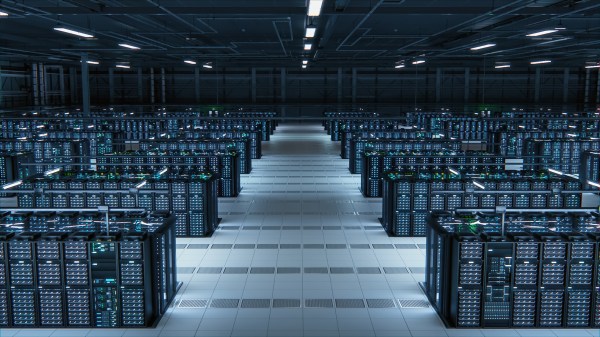Leveraging data center space leases is an economical way of accessing data center infrastructure. To get the very best value for money, however, you need to know how to maximize cost-efficiency and performance. With that in mind, here is an overview of four strategies you can use to help deliver the best return on your investment.
Optimizing space utilization
Before diving into data center space optimization, it’s crucial to conduct a comprehensive assessment of current space requirements. By analyzing factors such as server footprint, power consumption, and cooling requirements, businesses can gain insights into their space utilization patterns and make informed decisions about resource allocation.
Implementing efficient rack layouts and airflow management
By organizing servers and other equipment in a strategic manner, businesses can minimize wasted space and ensure optimal airflow for cooling purposes. This involves carefully planning the placement of servers within racks, grouping them based on workload requirements and connectivity needs.
Additionally, implementing cable management solutions and airflow containment strategies helps to reduce clutter and improve airflow efficiency, thus enhancing overall cooling effectiveness and energy efficiency.
Utilizing vertical space with high-density solutions
In addition to optimizing horizontal space, businesses can leverage vertical space by deploying high-density solutions such as blade servers and modular data center architectures.
These solutions enable organizations to pack more computing power into a smaller footprint, thereby maximizing space utilization without compromising performance. By vertically stacking servers and other equipment within racks, businesses can significantly increase their data center capacity while minimizing the physical footprint.
Enhancing energy efficiency
Selecting energy-efficient infrastructure components is fundamental to reducing the environmental impact and operational costs of data center operations. Businesses should prioritize equipment with high Energy Star ratings or other industry-recognized certifications, as well as features like efficient power supplies and low-power processors.
Additionally, deploying virtualization technologies and hardware consolidation initiatives can further optimize resource utilization and energy efficiency, allowing businesses to achieve more with less hardware infrastructure.
Implementing cooling technologies and best practices
Cooling represents a significant portion of data center energy consumption, making it essential to implement efficient cooling technologies and best practices. This includes utilizing precision cooling systems to maintain optimal temperature and humidity levels within the data center environment.
Employing containment solutions minimize air mixing and improve cooling efficiency by directing airflow where it’s needed most. Additionally, implementing airflow management techniques further enhances cooling effectiveness and reduces energy waste by eliminating airflow obstructions and reducing hot spots.
Monitoring and optimizing power usage effectiveness (PUE)
PUE is a metric that quantifies the ratio of total energy consumed by the data center to the energy consumed by IT equipment alone. By regularly monitoring PUE using dedicated metering and monitoring tools, businesses can identify areas of inefficiency and implement targeted measures to reduce energy consumption and improve overall efficiency.
Evaluating service level agreements (SLAs)
Service level agreements (SLAs) are contractual agreements between businesses and data center providers that define the level of service expected and the consequences for failing to meet those expectations.
Key components of SLAs typically include uptime guarantees, response time commitments, support availability, and escalation procedures.
Ensuring alignment of SLAs with business needs and growth plans
SLAs should be structured in a way that accommodates the evolving needs of the business, including future expansion, changes in workload demands, and technology advancements. Businesses should carefully review SLA terms and conditions to ensure flexibility and scalability, allowing for adjustments as business requirements evolve over time.
Additionally, SLAs should be periodically reviewed and revised to reflect changes in business priorities, technology trends, and industry best practices. This is essential to ensuring their continued alignment with business objectives and growth plans.
Long-term planning for leased data center space
Businesses must evaluate their current infrastructure needs and anticipate future demands to ensure that the leased space can accommodate projected growth. This involves analyzing factors such as anticipated increases in data storage, processing power requirements, and expansion of services or applications.
By forecasting growth trajectories and considering scalability options, businesses can proactively plan for future capacity needs. This reduces the risk of costly disruptions such as migrations further down the line.
Evaluating lease terms and flexibility options
Businesses should review the contractual terms related to lease duration, renewal options, expansion rights, and termination clauses. Negotiating flexible terms that allow for scalability, upgrades, or downsizing as needed can provide businesses with the agility to adapt to changing market conditions and technology trends.
Considering the impact of emerging technologies
Businesses should continuously monitor advancements in hardware, software, and data center infrastructure technologies to identify opportunities for innovation and optimization.
By staying informed and proactively adapting to emerging technologies, businesses can future-proof their data center investments. This will help them to maintain a competitive edge in an ever-evolving digital landscape.






